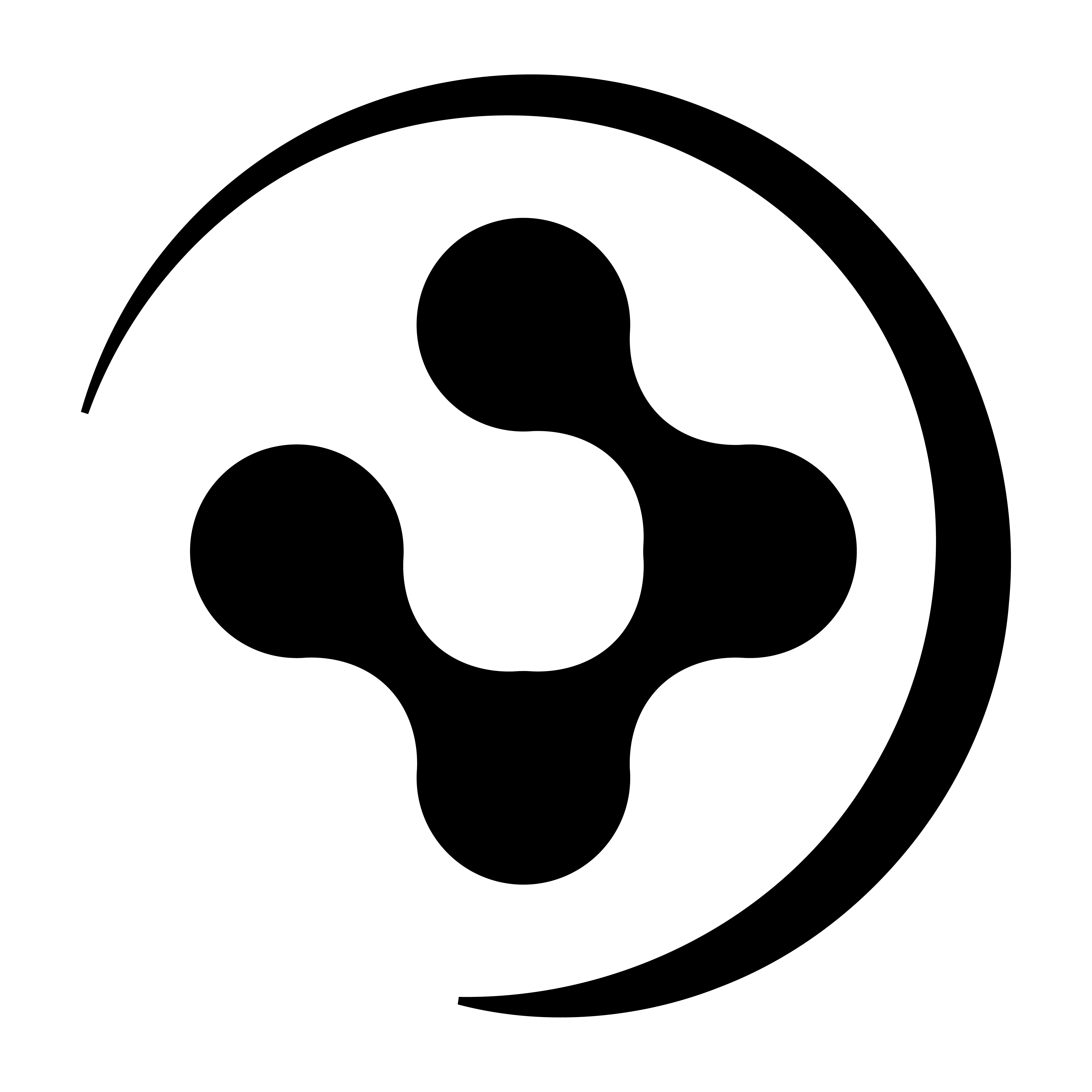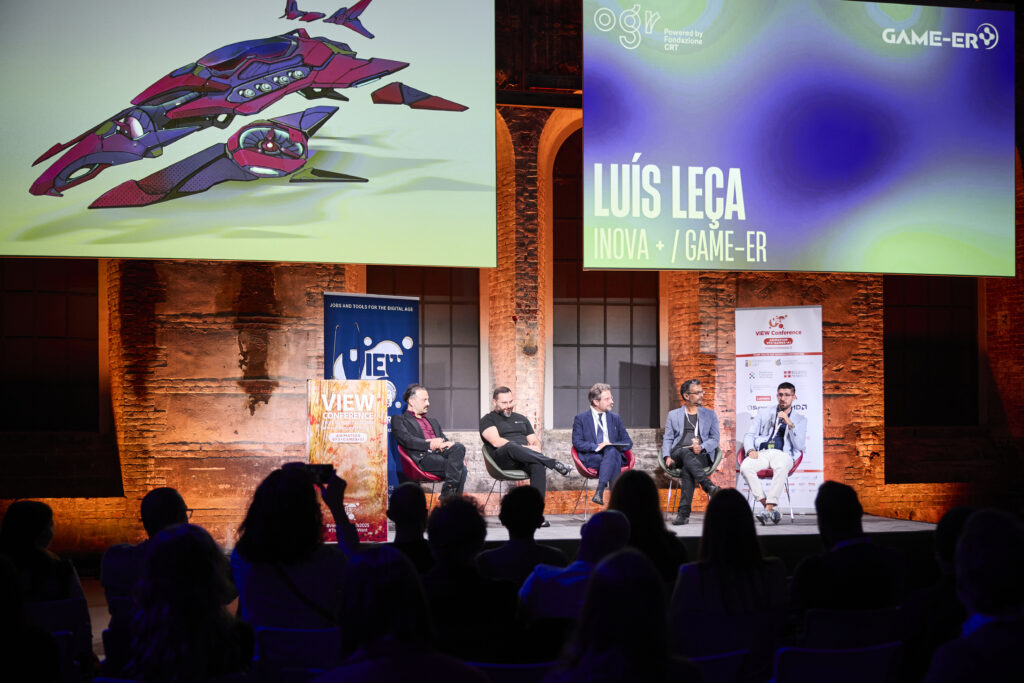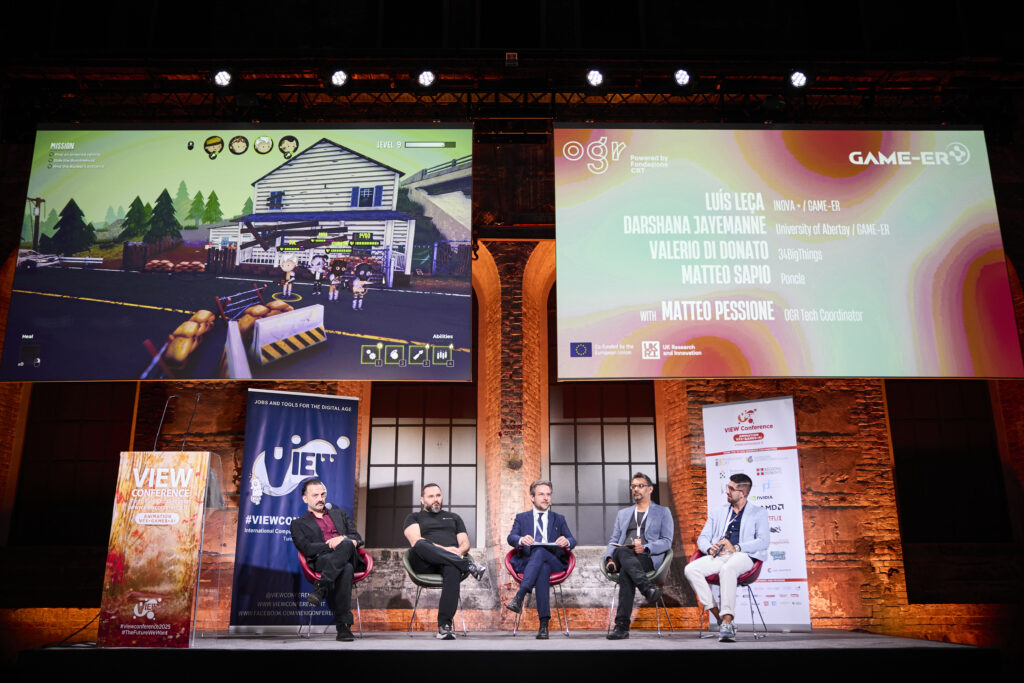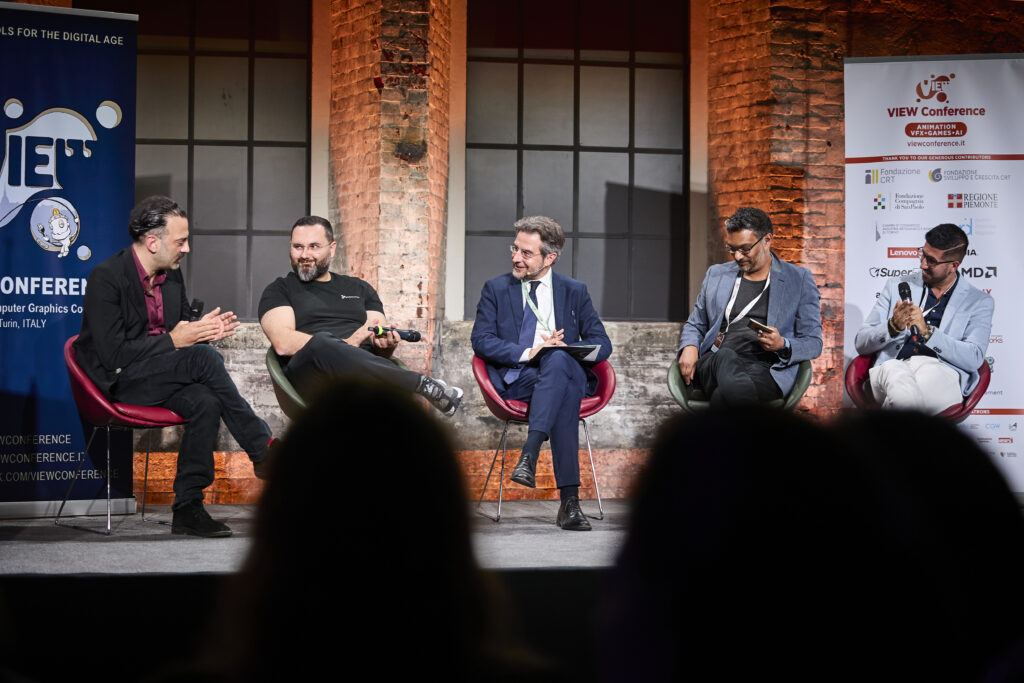Q: The project involves diverse partners, such as universities, companies, and public bodies. How do these collaborations shape the impact of the project?
The GAME-ER consortium includes a diverse range of stakeholders that typically make up a video game cluster. This includes prestigious universities with a strong track record in gaming industry research, industry partners and associations with deep knowledge of the day-to-day operations of game studios, and public authorities who bring the institutional perspective and policymaker experience to the table.
These collaborations are essential as they help to validate our research recommendations and transform them into actionable insights. They also allow for on-the-ground testing of these recommendations through pilot activities. The synergy between academic, industry, and public sector partners enables us to take a more comprehensive and nuanced approach to our analysis, which ultimately strengthens the project’s impact.
Q: What are the next steps for GAME-ER?
Currently, GAME-ER is in its 20th month of a 36-month implementation period. We have recently achieved significant milestones, including the completion of interviews with local stakeholders in the clusters, the mapping of the industry, with a sample of over 4,000 companies (D2.1 – Report on the current state of knowledge on Video game industry as Cultural and Creative Industry), and the analysis of policy documents and reports, which have been compiled in D5.1 – Report on Policy Review.
At this stage, with the research maturing and some tangible results emerging, the consortium is working on defining the initial policy recommendations. We are also preparing the creation of the interactive toolkit that will include dynamic maps, tailored recommendations, and industry content for dissemination to policymakers and industry decision-makers for initial evaluation and testing.
Additionally, we will begin pilot testing the defined recommendations in the clusters of Fundão and Turin (through OGR Tech and the QuickLoad Acceleration Program) to empirically validate the recommendations. These coming months will be focused on finalizing the research, promoting the findings, and engaging with policymakers to help inform and contribute to the development of future policies. We will also continue to share our approach and experiences with other regions through collaborative workshops, joint policy papers, and other platforms, ensuring that our findings can be replicated across Europe.











